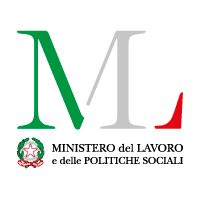The Royal Palace of Naples is located in the centre of Naples and its main entrance is in Piazza del Plebiscito. The foundations of the palace date back to 1600, when the Spanish Viceroys of Naples had a large, comfortable palace built to host the King of Spain, Philip III. Domenico Fontana, one of the most famous architects of the period, from the papal court, was asked to design the palace. From the time it was built, the Royal Palace was the historic residence of the Spanish viceroys for one hundred and fifty years, of the Bourbon dynasty (1734-1861) and then, in the period following the Unification of Italy, of the Savoy family. In 1919 Victor Emmanuel III gave the palace to the state and now it is mainly used as a museum hub and national library. The route through the museum consists of 30 rooms originally used for institutional purposes and splendidly decorated with paintings, statues, tapestries and period furniture.
The Royal Palace of Naples is on the cutting edge when it comes to accessibility. The museum has a DAI room, which is a general accessibility room, dedicated to people with disabilities. The room has a tactile route for blind people, cartoons for people with learning disabilities, and a video with the history of the Royal Palace in Italian Sign Language, which offers a detailed description of the museum’s history and its collection for deaf visitors.
Opening times
9:00 – 20:00 (the ticket office closes at 19:00).
Closed on Wednesdays.
The DAI room, which is located about 30 metres from the ticket office, in the Courtyard of Honour, is an area dedicated to visitors with disabilities. The DAI room is open at the following times: Mondays-Fridays from 9:00 at 14:00; closed on Wednesdays
Please check with the Services Charter of the Royal Palace of Naples for more information about accessibility.


